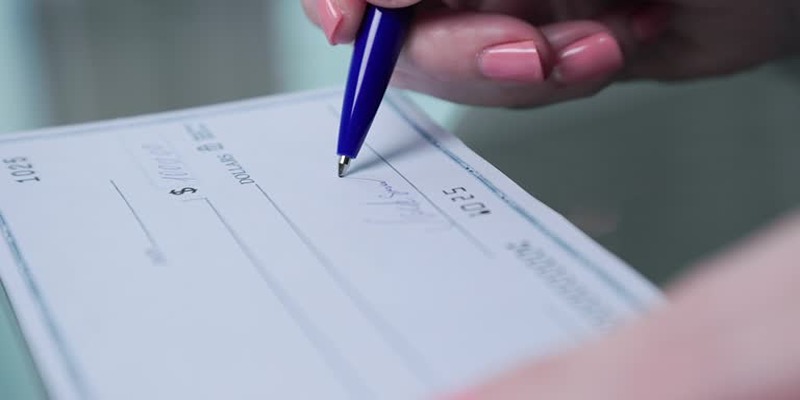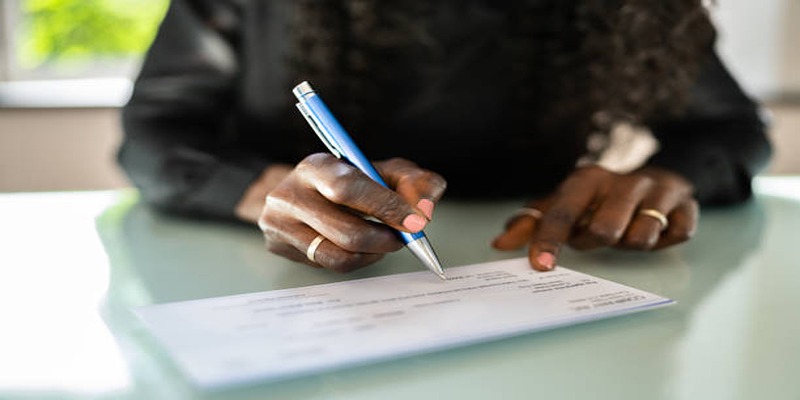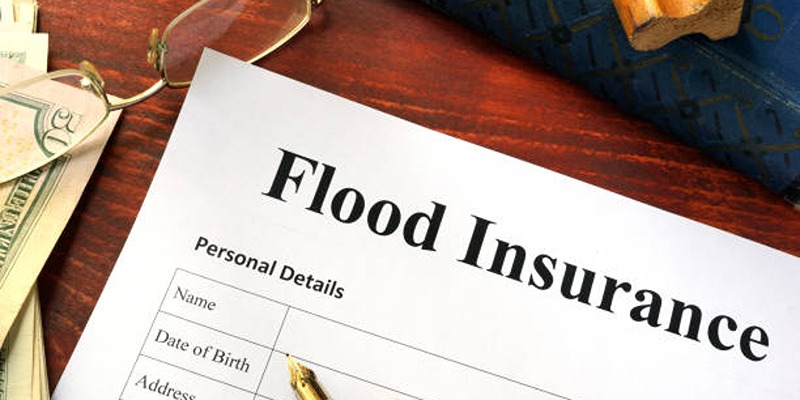Everything You Need to Know About Writing a Cheque
Writing a cheque is a simple and secure way to make payments or transfer money. Though less common in today’s digital world, cheques are still widely used for certain transactions. They allow you to give payment instructions to your bank in a clear and formal way. Understanding how to write a cheque correctly is important to avoid errors and ensure smooth processing. Whether you're paying bills, sending money to someone, or making a purchase, knowing the basics of cheque writing can save time and prevent complications.
Cheque Basics

A cheque is a document that instructs a bank to pay the specified amount of money from your account to the person or organization named on the cheque. The person writing the cheque, known as the drawer, must have enough funds in their account to cover the amount written on the cheque. It should also be signed and dated by the drawer to make it legally valid.
Cheques typically contain several important components:
- Drawer's Information: This includes your name, address, and bank account number.
- Payee's Information: This refers to the name of the individual or organization you are paying.
- Date: The date when you write the cheque.
- Amount in Words: The amount you are paying written in words.
- Amount in Numbers: The numerical value of the amount you are paying.
- Memo/Reference: This is an optional field where you can specify what the cheque payment is for.
- Signature: Your signature as the drawer to authorize the payment.
Step-by-Step Guide to Writing a Cheque
1. Fill in the Date
First of all, fill in the field situated to the top right of the cheque with the current date. It is important to have the date format right for the specific bank of your country. It just states the day on which the cheque was issued and its validity greatly depends on it.
2. Write the Payee's Name
After that, the name of the particular individual or organization you are paying for your order should be written. Pay special attention to spelling because banks can cash this cheque only if the name of the payee corresponds to his documents.
3. Write the Amount in Numbers
Enter the exact amount you want to pay in the box provided next to the currency symbol. Use clear and legible digits to avoid any chance of misinterpretation.
4. Write the Amount in Words
Below the payee's name, write the payment amount in words. This step helps verify the numerical amount and ensures that no alterations can be made unnoticed. Add "only" at the end to further secure the amount, e.g., "One hundred dollars only."
5. Fill in the Memo/Reference Field (Optional)
If desired, use the memo line to specify the purpose of the payment. For example, you might write "Rent for October" or "Invoice #1234." This field can help keep your records organized and clarify the reason for the payment.
6. Sign the Cheque
Finally, sign the cheque in the signature field using the same signature registered with your bank. Without your signature, the cheque will not be considered valid or authorized for payment.
7. Double-Check Your Information
Before handing over the cheque, review all the details to ensure accuracy. Verify the date, payee name, amounts, and signature to avoid issues or delays in processing.
By following these steps, you can write a cheque confidently while ensuring it is properly completed and legally valid.
Common Mistakes to Avoid
- Incorrect Date Formatting: Make sure to use the correct date format that aligns with your local banking requirements. Using a different date format may lead to processing delays or even rejection of the cheque.
- Misspelling the Payee’s Name: It is crucial to spell the payee's name correctly, as any discrepancies can result in non-payment or payment to the wrong person.
- Missing Decimal Point/Comma: When writing the amount in numbers, remember to include decimals or commas where appropriate. Leaving them out can create confusion and delay payment processing.
- Forgetting to Sign the Cheque: Your signature is essential for a cheque to be legally valid. Always double-check and make sure to sign the cheque before handing it over.
- Writing an Incorrect Amount in Words/Numbers: Inconsistencies between the amount written in words and numbers can raise suspicion and delay payments. Ensure that both are accurate and match each other.
Security Tips for Writing Cheques
- Keep Your Chequebook Safe: Always keep your chequebook in a secure place to prevent unauthorized access or misuse.
- Limit Blank Cheques: Only issue blank cheques when absolutely necessary. Avoid keeping several blank and signed cheques in your possession, as they can easily be used fraudulently.
- Use Tamper-Evident Pens: When writing a cheque, use pens with ink that cannot be erased or altered easily. This will make it harder for anyone to tamper with the information on the cheque.
- Void Unused/Cancelled Cheques: If you no longer need a particular cheque, ensure to void it by marking "void" across the front of the cheque. This will prevent anyone from using it fraudulently.
- Regularly Check Your Bank Statements: Keep track of your cheques by regularly reviewing your bank statements to ensure that all the issued cheques have been correctly processed and no unauthorized transactions have taken place.
Alternatives to Cheques
While cheques are still commonly used, there are other convenient and secure payment options available. Some popular alternatives include:
- Electronic Funds Transfer (EFT): This allows you to transfer money directly from your bank account to another person's or organization's account.
- Online Bill Payment: You can use online banking or mobile apps to pay bills directly from your bank account without the need for writing a cheque.
- Debit/Credit Cards: These provide a quick and easy way to make purchases in-person or online without having to write a cheque.
Conclusion
Even though digital payment methods are becoming more popular, knowing how to write a cheque is still an important skill in managing personal and business finances. By following the steps outlined above and avoiding common mistakes, you can confidently write a cheque that is accurate, secure, and legally valid. Remember to always stay vigilant in protecting your cheques and monitoring their usage for added financial security.












